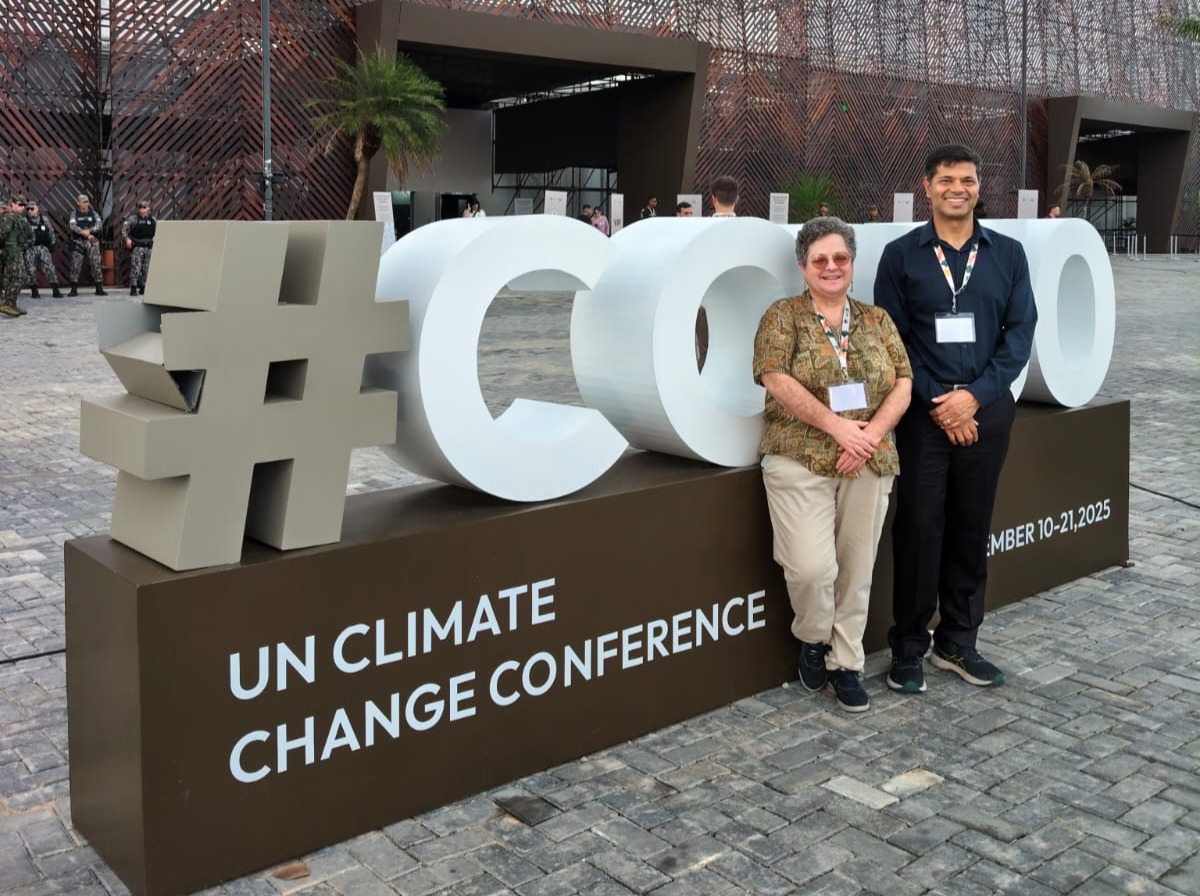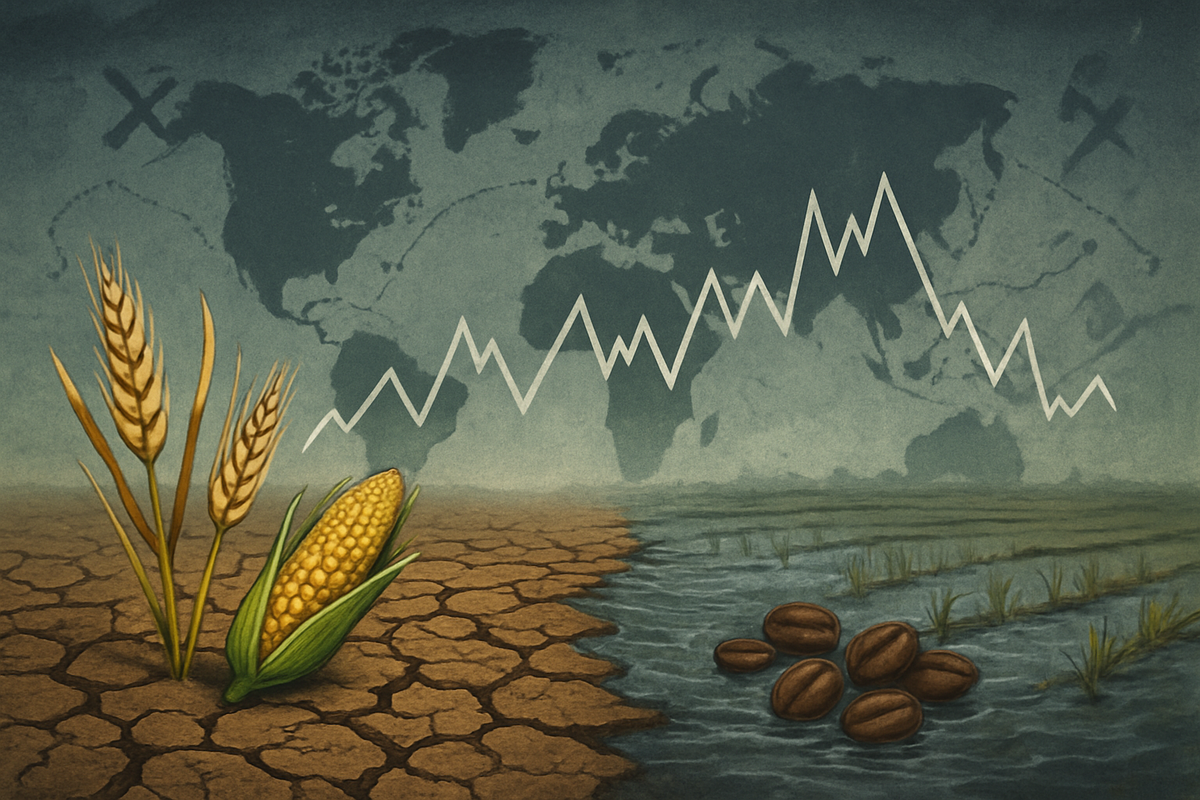Women Leading Sustainability from the Ground Up in Galápagos – Galápagos Conservancy

Report on Women-Led Agricultural Initiatives and Their Contribution to Sustainable Development Goals
Advancement of Food Security and Nutrition (SDG 2: Zero Hunger)
Women entrepreneurs are implementing strategic agricultural projects to address key development challenges. The cultivation of home gardens, utilizing structures such as compact greenhouses and raised beds, has been identified as a primary method for strengthening local food systems.
- These initiatives directly enhance household food security.
- They contribute to improved nutritional outcomes within the community.
Empowerment and Economic Resilience (SDG 1: No Poverty & SDG 5: Gender Equality)
The projects serve as a platform for economic empowerment, fostering greater independence and resilience among women participants. By leading these sustainability efforts, women are advancing gender equality and contributing to local economic stability.
- Promotion of female entrepreneurship in the agricultural sector.
- Development of economic independence and resilience against food-related shocks.
Promotion of Environmental Sustainability (SDG 12: Responsible Consumption and Production & SDG 15: Life on Land)
The agricultural practices employed are designed to be environmentally sustainable, directly supporting global conservation goals. Each garden represents a tangible step toward responsible production and ecological preservation.
- Advancement of soil health through sustainable cultivation techniques.
- Contribution to the preservation and enhancement of local biodiversity.
- Establishment of a model for sustainable, small-scale food production.
1. SDGs Addressed or Connected to the Article
-
SDG 2: Zero Hunger
The article directly addresses this goal by highlighting how home gardens are cultivated to “strengthen food security” and improve “nutrition.” This initiative aims to provide a sustainable and local source of food for the community.
-
SDG 5: Gender Equality
The focus on “women entrepreneurs” who are leading these initiatives connects directly to SDG 5. The gardens represent a step toward “greater independence” and economic empowerment for these women, promoting their role in creating sustainable solutions.
-
SDG 15: Life on Land
This goal is relevant through the article’s mention of “advancing soil health” and “biodiversity.” The gardening practices are not just for food production but also for ecological restoration, contributing to the health of the local ecosystem.
2. Specific Targets Identified
-
SDG 2: Zero Hunger
- Target 2.1: End hunger and ensure access to safe, nutritious, and sufficient food. The article’s focus on “food security” and “nutrition” through home gardens directly aligns with this target of ensuring people have reliable access to food.
- Target 2.4: Ensure sustainable food production systems and resilient agricultural practices. The article mentions cultivating gardens as a “strategic way” to build “resilience, and sustainability,” which also improves “soil health,” reflecting the principles of this target.
-
SDG 5: Gender Equality
- Target 5.5: Ensure women’s full and effective participation and equal opportunities for leadership in economic life. The article highlights “women entrepreneurs” taking the lead in this initiative, demonstrating their active participation and leadership in the local economy and sustainability efforts.
-
SDG 15: Life on Land
- Target 15.3: Combat desertification, restore degraded land and soil. The effort of “advancing soil health” through home gardening is a direct contribution to restoring land quality on a local scale.
- Target 15.5: Halt the loss of biodiversity. By cultivating diverse plants in their gardens, the women are “advancing… biodiversity,” which helps protect and enhance local ecosystems.
3. Indicators Mentioned or Implied
The article does not provide explicit quantitative indicators, but several can be implied from the activities described:
- For SDG 2: An implied indicator is the number of home gardens established or the increase in household access to nutritious food. The text states, “Each garden… represents a step toward greater… sustainability,” suggesting the number of gardens is a measure of progress.
- For SDG 5: A relevant indicator is the number of women engaged as entrepreneurs in these gardening initiatives. The article’s specific mention of “women entrepreneurs” points to this as a key metric of empowerment and economic participation.
- For SDG 15: Implied indicators include the area of land under sustainable cultivation with improved soil health and the increase in the variety of plant species (biodiversity) within the gardens. The goals of “advancing soil health” and “biodiversity” suggest these would be key measures of success.
4. Summary Table of SDGs, Targets, and Indicators
| SDGs | Targets | Indicators (Implied from Article) |
|---|---|---|
| SDG 2: Zero Hunger | 2.1: End hunger and ensure access to safe, nutritious and sufficient food. 2.4: Ensure sustainable food production systems and resilient agricultural practices. |
Number of home gardens established to strengthen food security and nutrition. |
| SDG 5: Gender Equality | 5.5: Ensure women’s full and effective participation and equal opportunities for leadership in economic life. | Number of women entrepreneurs leading home garden initiatives, achieving greater independence. |
| SDG 15: Life on Land | 15.3: Restore degraded land and soil. 15.5: Halt the loss of biodiversity. |
Area of land with improved soil health; Increase in plant species diversity within the gardens. |
Source: galapagos.org
What is Your Reaction?
 Like
0
Like
0
 Dislike
0
Dislike
0
 Love
0
Love
0
 Funny
0
Funny
0
 Angry
0
Angry
0
 Sad
0
Sad
0
 Wow
0
Wow
0




















































.jpg.webp?itok=0ZsAnae9#)



























